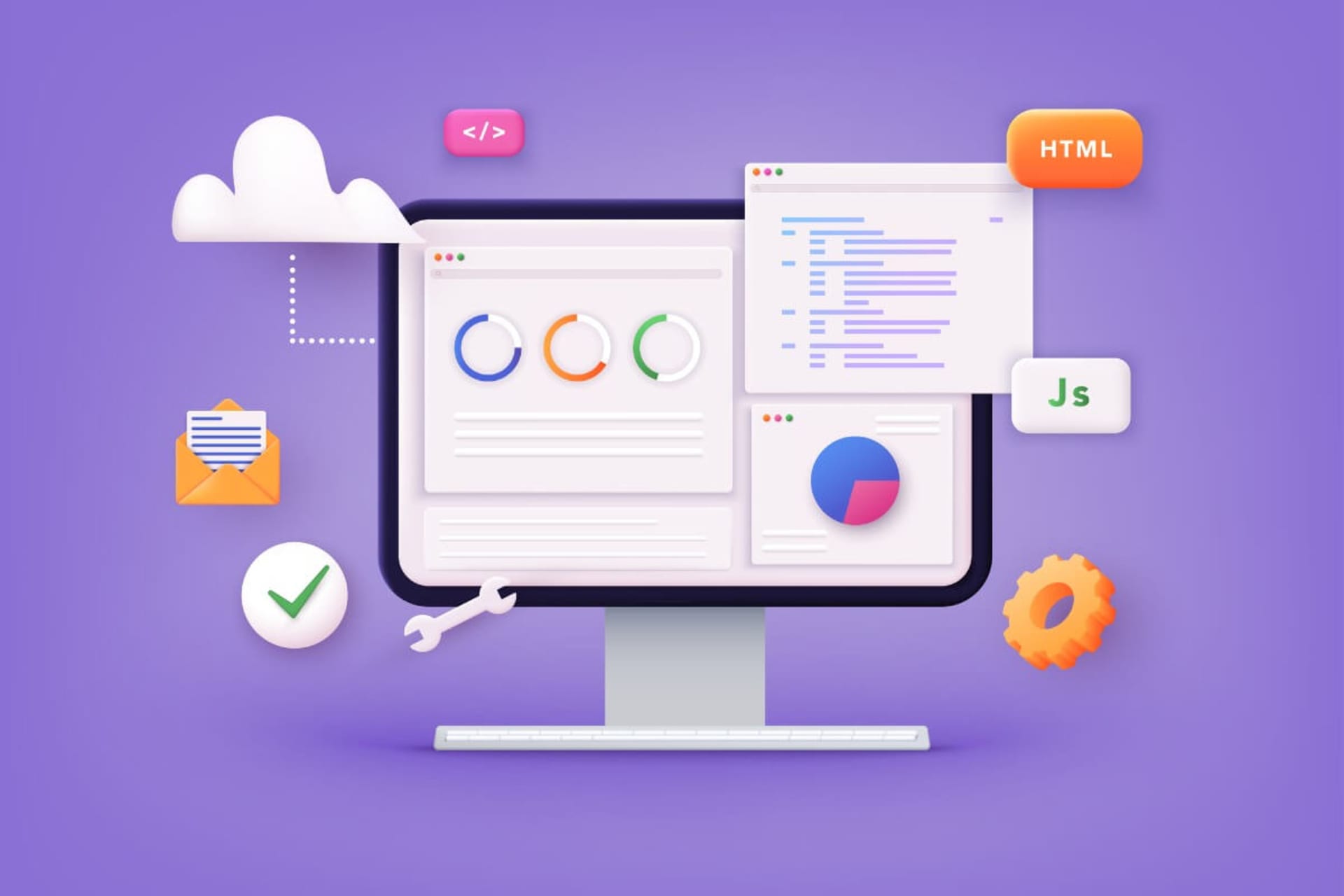Businesses dealing with large quantities of inventory need a way to centralize, store, track, and otherwise manage their goods. This is why inventory database software exists. The system acts as a repository for tracking and organizing processes within and elements of the supply chain—orders, deliveries, sales, work orders, bills, stock levels, and more. It is used in manufacturing and other related industries.
One of the key features of an inventory management program is that it automates important tasks and processes, ones that previously had to be handled manually, which increased the possibility of human error. It also provides a wealth of data and analytics, which businesses can use to improve their procedures.
Why Having Database Software for Inventory Management Is Important for Your Business
Inventory database software is critical for important supply chain and management processes within your organization. Not only will it automate many of your critical plans and procedures like shipping, receiving, purchasing, returns, and much more, but it will also place all these processes into a single system, streamlining the workflow.
Inventory management system software gives you insight into what you have in stock and what materials you need to acquire. It allows you to have an up-to-date, accurate picture of your complex processes. Without an automated system in place, your supply chain can fail.
This software improves efficiency. It also means more accurate reporting and analytics, which make it possible for you to hone and improve your processes. Ultimately, this leads to greater customer satisfaction and retention. It also means fewer employee headaches—your team does not need to manually enter, track, and otherwise manage complex, time-consuming processes.
It also leads to cost reduction. You won’t need to devote extensive resources to fixing problems that have occurred because of human error, and you’ll devote far less time and human capital to inventory management.
How Do You Keep Track of Inventory With Software Tools?
Database software for inventory management is an all-encompassing platform that centralizes and stores critical information relating to the supply chain, resources, stock, and more. You can visualize the data in real time, thereby ensuring that you always have a clear picture of where you are.
Most inventory management software is cloud-based, meaning you can access the information from any location with an internet connection. It replaces traditional, manual methods like spreadsheets. You will have a visual means of tracking your critical materials across locations.
While all systems function differently, some features that you can expect to find in inventory software are:
- Multichannel barcode tools, such as QR codes
- Inventory accounting equipment
- Mobile, tablet, and desktop interfaces for tracking supplies
- Radio frequency identification
- Reporting and dashboards
The software also automatically identifies inefficiencies and hiccups in the pipeline and alerts businesses to problems, allowing them to nip them in the bud before they escalate.
If you have a solid technology team in place, you can build inventory database software yourself. Otherwise, an outside vendor can assist you with building, maintaining, hosting, and otherwise providing upkeep for the tool.
Developing an Online Inventory Database for Your Company
Developing inventory management system software that fits your company and its needs takes time, skill, and effort. Start by taking stock of your requirements for the system. Consider whether you have the necessary skill sets in-house to create a viable solution.
You should also consider the existing tools on the market—there are a number of inventory software solutions available already, but if you need a customized platform, you may want to look for an external team with the necessary qualifications to meet your specifications.
If you want to create a tailored system, then you should work with the team to map out the architecture and design, as well as reflect on your goals for the project. Additionally, you will need to migrate your data from the system you currently have in place, test the product, integrate it with other software within your company, and train users on how to use the platform effectively.
The Types of Inventory and Software Features To Manage Them
Inventory control systems manage a range of materials for businesses. Of course, the specific types depend on the nature of the organization and its industry. However, most commonly, they can be boiled down to:
- Raw materials: unfinished materials that can be put together to create a refined product
- Work in progress (WIP): materials that are not yet completed, although the process to refine them has been initiated
- Decoupling inventory: excess raw materials or WIP placed on reserve and used as needed
- Finished products: salable goods that are fully completed and ready to be put on the market
- Maintenance, repair, and operating supplies (MRO): materials used to create and build products for sale or keep the business operating smoothly
To manage this and other inventory, an inventory database software system generally includes features such as:
- Storage
- Search and filtering
- Reporting and analytics
- Predictive analytics
- Cost management
- Ordering and automated reordering
- Administration
- Barcoding
- Integrations with other platforms
- Inventory catalog
- Cost analysis
- Forecasting
Types of Inventory Control Systems
Inventory control systems are usually divided into two categories: periodic inventory systems and perpetual inventory systems.
A periodic inventory system is ideal for smaller companies that are dealing with low inventory levels that don’t need to be updated frequently. Typically, the software doesn’t track the materials and goods on a daily basis but at less regular intervals, such as monthly, quarterly, or even annually. In between these periods, organizations usually conduct manual management and counts.
On the other hand, larger organizations grappling with higher volumes of inventory will probably use a perpetual inventory system. This tool automatically tracks goods and materials around the clock, so you are always up to date on what’s on hand and what’s needed. The system offers insights in real time or as close to real time as possible.
Start Creating Your Company’s Inventory Management Software Today!
Are you looking for custom inventory database software to automate processes like ordering, delivering, reporting, and managing inventory? BairesDev will create or improve a system tailored to your particular needs.







